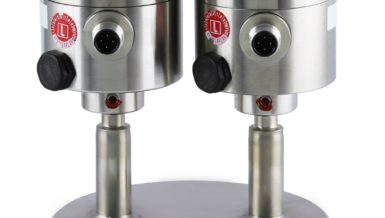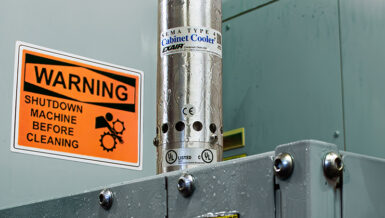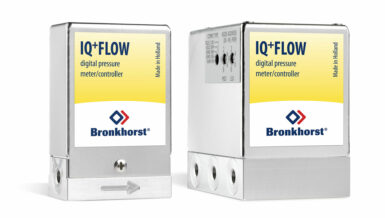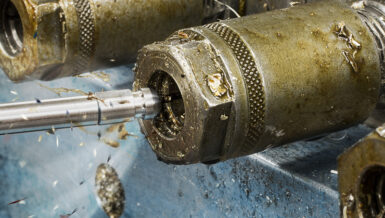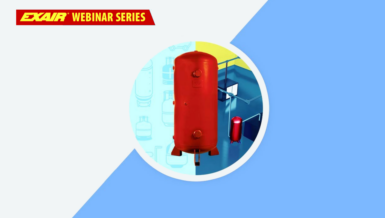So, what happens when a pressure regulator fails or malfunctions? Use this step-by-step guide to troubleshoot some of the most common problems.
1. Confirm You Have the Correct Regulator for Your Application
Your first step in troubleshooting is to examine your process requirements, including system flow, system pressure, system temperature, process sensitivity, and system media — all of which are important to deciding if you have the correct type of regulator installed. Before selecting your regulator, ask yourself:
| Do you need to control your downstream process pressure? | Do you need to control your upstream process pressure? | |
| Then you need a pressure-reducing regulator. | Then you need a back-pressure regulator. |

The application of the wrong type of regulator is a common mistake that can compromise your process. If you determined you have the right regulator, move on to Step 2. If not, consult your supplier.
2. Identify Your Issue

Next, identify the nature of your issue. If pressure is dropping beyond your set pressure, the most common cause is that your regulator is undersized for your application’s flow requirements. If pressure is rising beyond your set pressure, this condition is most commonly attributable to one of two issues – the supply pressure effect (SPE) or creep.
| Is pressure dropping below target pressure? | Is pressure rising beyond target pressure? | |
| Unwanted pressure drop (or droop) is commonly caused by one of two things: An undersized regulatorIncorrectly set pressure spring and range | Supply Pressure Effect (SPE) is a change in outlet pressure due to a change in inlet pressure. If inlet pressure decreases, a corresponding outlet pressure increase will occur. | Creep happens when contamination creates a small gap between the regulator’s seat and poppet. This results in unwanted pressure increase. |
3. Explore Your Options
Finally, the nature of your issue will help you determine the appropriate steps to solve it. Those steps may include making adjustments to individual components or reconfiguring system designs.
| If you have identified droop as your potential issue: | If you have identified SPE as your issue: | If you have identified creep as your issue: |
| Select a set pressure range closer to the required set pressureA regulator with a larger flow coefficient can help prevent unwanted outlet pressure dropA dome-loaded regulator may be a better option. This type is more resistant to flow changes and can help better maintain pressure in applications where flow varies. | A balanced poppet design can help minimize the area where high inlet pressure can have an impact, mitigating SPEInstalling two single-stage regulators in a series or combining two regulators into one assembly can mitigate SPE in most applications | Installing an inline filter upstream of the regulator can reduce contaminationInstalling a relief valve can protect downstream processes from damaging overpressurization |
4. Speak with a Pressure Regulator Specialist
If the above common issues do not appear to be the source of your regulator issues, a more complex issue may be at play. Connect with a knowledgeable regulator supplier to help you perform a more robust evaluation to identify any issues and the relevant solutions. Your supplier should be able to help guide you toward making the right selection suited to your application’s needs.
An original version of this article appeared on the Swagelok Reference Point blog here: www.swagelok.com/en/blog/troubleshoot-common-regulator-problems#.
To view these details in an infographic, click here: www.swagelok.com/-/media/blog/troubleshoot-common-regulator-problems/9215_Swage_Regulator_TroubleshootFlowchart_vFA.ashx.








